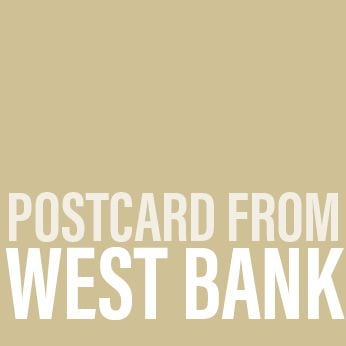
In an ancient village in the occupied West Bank, Palestinians have confronted the coronavirus pandemic by transforming their streets into a vivid canvas.
Now flashes of colour stand out among its old stone houses and modern palatial homes, after villagers took paint brushes to the walls.
Beitin, which is home to about 2,400 Palestinians, lies north-east of Ramallah and not far from Israeli settlements.
“We wanted to put more hope in the minds of young people, children, women and men,” said Sa’d Darwish, president of the Beitin village youth club.
“The reaction in people’s hearts was more than we’d imagined.”
After the first months of the pandemic, Mr Darwish realised that residents needed to “have something to live for” beyond coronavirus.
“We have to take care of ourselves,” he said.
Villagers who live and work in the US donated cash to fund the project and Bethlehem artist Taqi Spateen took up residence in Beitin in December 2020.
Mr Spateen’s work includes Bethlehem street art on the wall built by Israel in the early 2000s, such as a mural of the Alice in Wonderland character peeking through the barrier.

Within weeks of his arrival in Beitin, the village's walls were covered with birds, flowers, fruit and more.
Some murals represent life under the decades-long Israeli occupation of the West Bank, such as one of a Palestinian clutching a vandalised olive tree with soldiers in the background.
Others recall the history of the village, with one depicting the harvest a century ago. Beitin is widely believed to be the site of biblical Bethel.

Mr Darwish’s favourite mural stands at the entrance to Beitin and features the ruins of its tower and galloping horses, which he says represent generosity and chivalry.
“We thought we had to put our culture, our history on the wall,” said Mr Darwish, driving around Beitin and greeting his neighbours out of the window or by sounding his car horn.
The project took more than 100 days, with residents braving the cold winter months to help paint designs drawn by the artist.
A year on, as a mound of ice at the roadside marks recent snowfall, residents are proud of the paintings. The project also drew admirers from nearby villages, said Mr Darwish.

Many of the murals were designed independently by the artist, but the largest paintings were up for discussion.
The tallest adorns a building on the edge of Beitin, which overlooks hills rolling westerly towards the Jordan Valley.
It shows a boy and a girl on ladders, wrapping bandages around flowers and hauling them upwards.
For Mr Darwish, it encapsulates the project: “You can fix our flowers and our future. You have to stay hopeful.”












